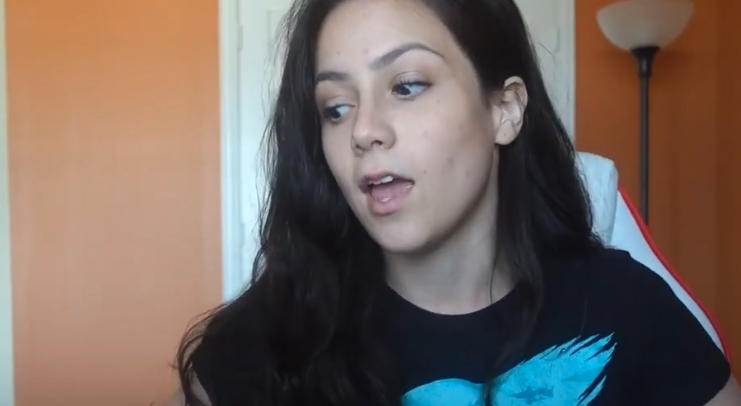How to Defend Against Threatened Patent Infringement
Innovations play a significant role in the creation of brands and huge companies. However, in all the haste to gather the best clientele base, it is easy to infringe on another innovators patent. Sometimes, negotiations are put in order, or a lawsuit may follow. Either way, it is crucial to prepare your business for any threats of patent infringement. Here are some key points from Panda Patent you should know when faced with patent infringement charges.
- Determine If the Patent Has Expired
In the United States, a utility patent expires 20 years after the filing date, while a design patent expires 14 years after the issue date. Patents filed before June 8, 1995, expire 17 years counting from the time of the grant. If the patent has expired, then the patent holder has no right to sue you.
- Check the Maintenance Fees
Patent owners in the United States are required to pay a maintenance fee over the twenty-year period; at three years, seven years, and at 11 years after issuance. If the owner fails to pay the cost, the patent becomes invalid, and you can therefore use and sell the invention without infringing. With the help of our legal team, it is easy to obtain legal documents and review them to end any threats of infringement against you and your business.
- Review the Prior Art
The prior art is evidence of the invention existing before the filing of a patent application. The prior art allows inventors to defend their designs even before they receive a patent. The USPTO keeps records of prior art that may come in forms of publications in magazines, and as a defendant, you may obtain a copy and review it.
It is expected that patent owners should have prior art published within a year of application for a patent. However, if the date of prior art publication is more than one year from the date of patent application, the patentee may be excluded from defending the invention. Reviewing the documents requires the help of a legal team that can interpret the technical patent law, and for this reason, it is crucial to contact Panda Patent.
- Review The Claims of the Patent.
When applying for a patent, the invention in question must be useful, novel and unobvious. Useful means that the invention must be capable of serving a useful purpose. Novelty means that the idea should be new while unobvious means that is should not be limited to the typical skills of anyone within the specialty of the invention.
The burden of proof lies on you, and it is therefore vital to contact Panda Patents’ legal team before making any consultation with the patentee. If you can prove that the invention was known, in use and on sale within the U.S. and in any other country more than one year before the date of application, you can dismiss infringement threats.
However, these rules do not bind other inventors from patenting improvements of the original invention. It means that if you should review the state of your design before giving into infringement threats. Panda Patent will help you determine if your products fall within the scope of patentee’s descriptions.
When making the application, the inventor is required to bring forth the claims that determine the scope of the patent. Failure to do so may result in the invalidation of a patent. When filing a defense, Panda Patent will review each of the claims to determine if the invention in question is indeed an infringement, since some of the claims may be subject to different interpretations.
- When Has the Threat Been Issued?
Remember that some of the patentees may be seeking to receive royalties, and damages from you, instead of settling on a necessary license. Fortunately, if the threat is made six years after the knowledge of infringement, then the suit automatically becomes invalid.
- Is The Idea Truly Original?
The patent owner should have invented the innovation in question. If there is proof that he drew the idea form another person, then the patent can be invalidated, and release you from any infringement claims.
Why Should You Defend Against Threats of Patent Infringement?
When the court finds that there is infringement, they will ward the patentee damages, which may be in the form of royalties or actual damages. Royalties may include the reasonable payments based on time left for the patent and the type of product, while actual damages are based on the profits the inventor would have realized. The patent owner may also seek a permanent injunction against you to prevent you from continuing to produce the product in the future.
How Will Panda Patent Help You?
Our experience gained over the years has helped us develop tactics to address patent infringement threats as soon as they are issued, and seek alternative method outside the court to solve the problem at hand. If you are facing patent infringement threats, contact us today and enjoy personalized professional services today.

